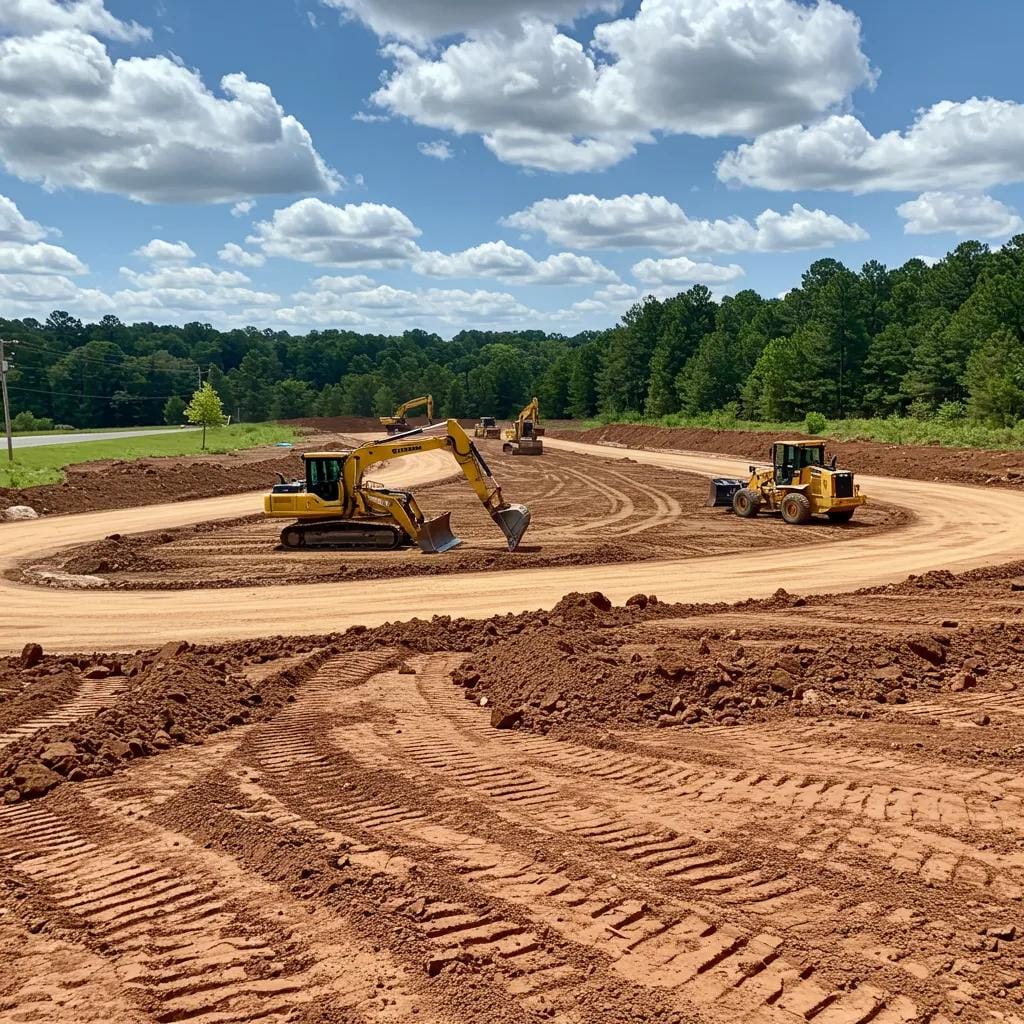For businesses in Smyrna, effective landscaping begins below the surface—with professional commercial grading that ensures proper drainage, stability, and long-term usability of your outdoor space. Without precise grading, even the most beautifully designed landscapes can fall victim to erosion, water pooling, and safety hazards that detract from your property’s appeal and function. In this guide, we’ll explore how expert grading services lay the groundwork for successful business landscaping in Smyrna, from preventing foundation issues and complying with local regulations to creating a level, well-drained base that supports everything from parking lots and walkways to green spaces and decorative hardscapes.
Commercial Grading Services in Smyrna: The Key to Curb Appeal
Why Is Commercial Grading Critical for Business Landscaping in Smyrna?

Commercial grading is the groundwork that makes every other site improvement possible. By shaping the land to guide water, strengthen subgrades, and create predictable elevations, it turns uneven lots into reliable, buildable space. In Smyrna, where clay soils can hold moisture, the right grading plan keeps water moving, protects structures, and sets up landscaping to thrive. Done well, it lowers maintenance costs, prevents damage after heavy rain, and gives tenants and visitors safer, cleaner access to buildings and parking.
The Critical Role Of Site Grading In Commercial Development
Before concrete is poured or sod is laid, the site must be balanced, compacted, and formed to design elevations. Rough grading removes high spots and fills low ones so utilities and pavements can sit on stable ground. Fine grading follows with laser-guided equipment to hit finish grades with tight tolerance, which keeps surfaces smooth and drainage predictable. This step also aligns finished floor elevations with sidewalks and curbs, avoiding awkward transitions that create trip hazards or invite ponding.
How Does Commercial Grading Prevent Drainage Problems And Water Damage?
Water will always take the easiest path. Grading makes sure that path is away from buildings, doors, and parking stalls. Subtle pitch changes, often as little as 1 to 2 percent, send runoff to swales, trench drains, or curb inlets instead of letting it pool near foundations. Around loading docks and storefronts, consistent cross slopes keep water moving so ice and algae do not form. When slopes, inlets, and overflow routes are coordinated, you avoid the headaches of standing water that shortens pavement life, seeps into basements, or turns walkways into mud.
What Role Does Grading Play In Creating Stable Foundations For Commercial Properties?
Structure starts with soil that carries the load. Grading tightens and levels the subgrade so building pads, slabs, and hardscapes rest on uniform support. Crews compact in lifts to eliminate soft spots that cause differential settlement under columns, dock aprons, and dumpster pads. Fine grading then brings the pad to design elevation, typically within 0.25 inch, which helps slabs finish flat and reduces cracking at joints. For heavy traffic areas, proper crown and edge shaping prevent rutting and keep trucks from pushing water back toward the structure.
How Does Proper Grading Enhance Commercial Property Aesthetics And Usability?
Great sites look effortless because the grades do the hard work. Even slopes create smooth transitions from parking to sidewalks to entries, so visitors move naturally through the property. Lawns with consistent elevation mow cleanly and irrigate evenly, which keeps turf healthy and reduces tracking of clippings onto pavement. Planter beds set at defined heights frame architecture and guide foot traffic, while broad, gentle berms add privacy without blocking sightlines. Where accessibility is a priority, grading supports compliant routes with longitudinal slopes at or below 5 percent and side slopes that shed water without tilting wheel paths.
A thoughtful grading plan weaves drainage, structure, and visual appeal into one solution. It reduces callbacks, protects the capital you put into pavements and landscaping, and elevates curb appeal from day one. For Smyrna businesses, investing in precise commercial grading pays off in fewer puddles, stronger surfaces, and landscapes that look good and work well season after season.
What Is the Commercial Grading Process for Business Sites in Smyrna?
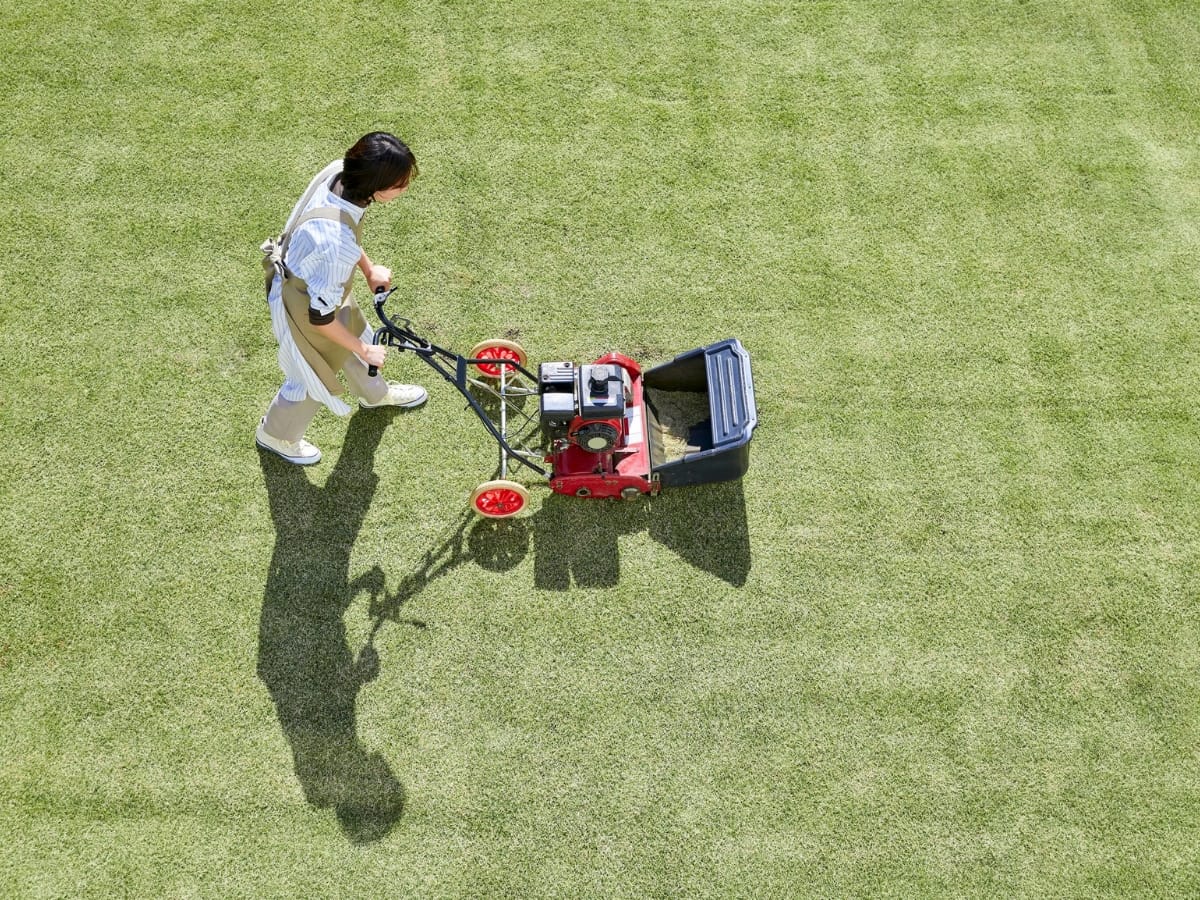
Commercial grading transforms uneven ground into a stable, well-drained surface ready for construction and landscaping. The process sets finished elevations, directs stormwater away from buildings, and prepares subgrades to carry traffic and structural loads. In Smyrna, careful attention to local soils and rainfall patterns helps prevent ponding and erosion while keeping projects on schedule. When commercial grading is handled methodically, it supports longer pavement life, protects foundations, and creates clean transitions between parking, walks, and entries that look professional and function reliably.
How Is the Initial Site Assessment And Planning Conducted For Commercial Grading?
A project begins with a thorough assessment of existing topography, soil conditions, and code requirements. Survey crews map elevation changes and tie them to benchmarks so design grades are precise. Geotechnical testing identifies bearing capacity, moisture content, and compaction needs, which guides cut-and-fill decisions and subgrade preparation. At the same time, the team reviews zoning, stormwater, and erosion control rules for Smyrna and Cobb County to align grading plans with permits. This upfront planning locks in drainage intent, sets realistic haul quantities, and coordinates utility corridors so earthwork and construction do not conflict.
What Are The Steps Involved In Land Clearing And Excavation For Businesses?
Clearing removes trees, brush, debris, and deteriorated pavement to expose a workable surface. Crews then strip unsuitable topsoil where necessary and stockpile it for later landscape use. Excavation reshapes the terrain by cutting down high areas and placing fill in low areas to approximate the design contours. Material that meets specification is compacted in controlled lifts, while excess or unsuitable soils are hauled off. This phase creates a balanced site and a consistent platform for precise grading, drainage installation, and utility work that follows.
How Do Rough Grading And Fine Grading Ensure Precise Site Preparation?
Rough grading sets the general form of the site using dozers and scrapers to establish slopes, building pads, and preliminary swales. Fine grading follows with motor graders and laser-guided equipment to achieve exact elevations, smooth transitions, and uniform cross slopes. Tolerances are tightened to within a quarter inch on pads and pavements so slabs finish flat, water sheds correctly, and accessible routes meet slope limits. Consistent compaction and proof-rolling verify that the subgrade will support traffic, hardscapes, and structures without settling.
How Are Erosion Control And Drainage Systems Integrated During Grading?
Temporary measures such as silt fence, inlet protection, and stabilized construction entrances are placed early to keep sediment on site. As earthwork advances, permanent drainage elements are cut into grade and connected, including swales, curb inlets, French drains, and dry wells where appropriate. These features work with the finished slopes to move runoff away from buildings and high-use pavements. By integrating erosion control and drainage during grading rather than after the fact, the site resists washouts, protects nearby waterways, and accelerates the transition to paving and landscaping.
What Final Steps Prepare The Site For Construction And Landscaping?
After fine grading, crews place base stone, verify elevations with as-built checks, and make any needed spot corrections. Topsoil is respread where lawns and planting beds are planned, then stabilized with seed, straw, or sod to lock the surface in place. Pads are left clean and level for concrete or asphalt, utilities are marked, and control points are preserved for builders and landscapers. The result is a stable, drainable, and code-compliant site that looks finished and performs well from day one.es project timelines.
What Drainage Solutions Complement Commercial Grading for Smyrna Businesses?
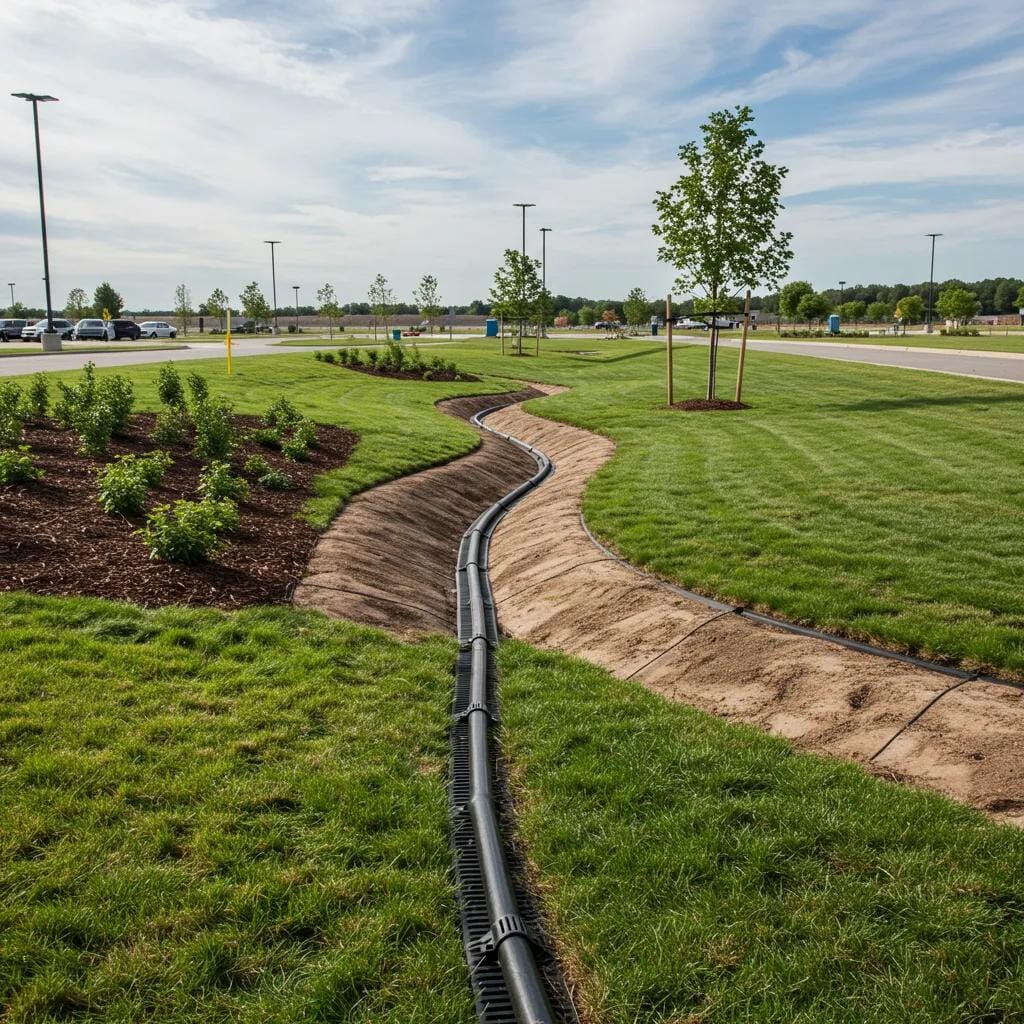
Commercial grading establishes the slopes that move water away from buildings and high-traffic areas. To keep sites dry during heavy rains, those finished grades should be paired with purpose-built drainage systems that manage runoff both on the surface and below ground. In Smyrna, where intense downpours can overwhelm poorly designed sites, combining smart contours with engineered drainage protects pavement, prevents foundation seepage, and keeps walkways usable for customers and staff.
How Do Surface Drainage Systems Like Swales And French Drains Work?
Surface systems handle the water you can see. Swales are shallow, grassed channels that guide runoff along gentle slopes toward inlets or outfalls. When sized correctly and stabilized with turf or native plants, they slow the flow, filter sediment, and reduce erosion. French drains target saturated areas by capturing water that moves through the upper soil profile. A perforated pipe set in clean gravel collects that subsurface flow and carries it to a safe discharge point. Used together, swales manage sheet flow across open areas while French drains relieve soggy zones near pads, walls, or parking edges. Both solutions rely on the elevations set during commercial grading to perform as intended, so accurate layout and compaction are essential.
What Are The Benefits Of Subsurface Drainage Solutions Such As Dry Wells?
Some sites need a place to send water when municipal systems are at capacity or outfalls are restricted. Dry wells provide storage and slow infiltration below grade, reducing surface ponding and helping recharge groundwater. A typical installation routes roof leaders or area drains into a filtered chamber filled with stone. As water collects, it percolates into suitable soils without creating standing water at the surface. Placed beneath landscaped zones or low-use corners of a lot, dry wells can ease saturation beneath pavement, lessen hydrostatic pressure against foundations, and trim peak runoff volumes during storm events. Proper sizing, pretreatment for debris, and soil testing are important so the system drains between storms and does not clog.
How Do Rain Gardens And Stormwater Management Support Sustainable Business Landscaping?
Rain gardens add capacity and curb appeal at the same time. These shallow, planted basins capture the first flush from roofs and pavements, which typically carries the highest load of fine sediment and pollutants. Deep-rooted native plants, amended soils, and careful grading allow water to settle, filter, and soak in within a set time frame. The result is a landscape feature that handles nuisance runoff, cools surrounding hardscape, and supports habitat. On larger campuses, rain gardens can be paired with bioswales, permeable pavements, and underground detention to form a complete stormwater strategy. When aligned with local standards, these green features help projects meet compliance while reinforcing a professional, environmentally responsible brand.
How Do You Choose The Right Mix Of Drainage For Your Site?
Start with accurate survey data and a clear understanding of how water currently moves through the property. Match solutions to problems: swales for broad sheet flow, French drains for persistent saturation, dry wells where discharge options are limited, and rain gardens where infiltration and aesthetics both matter. Confirm soil permeability, set realistic maintenance expectations, and verify that outlets are protected and accessible. Most importantly, ensure the drainage plan and commercial grading are developed together so elevations, slopes, and inlets align. When grading and drainage work as a single system, Smyrna businesses gain durable pavements, drier foundations, and outdoor spaces that look good and function well in every season.
Optimizing Commercial Grading for Smyrna Business Landscaping
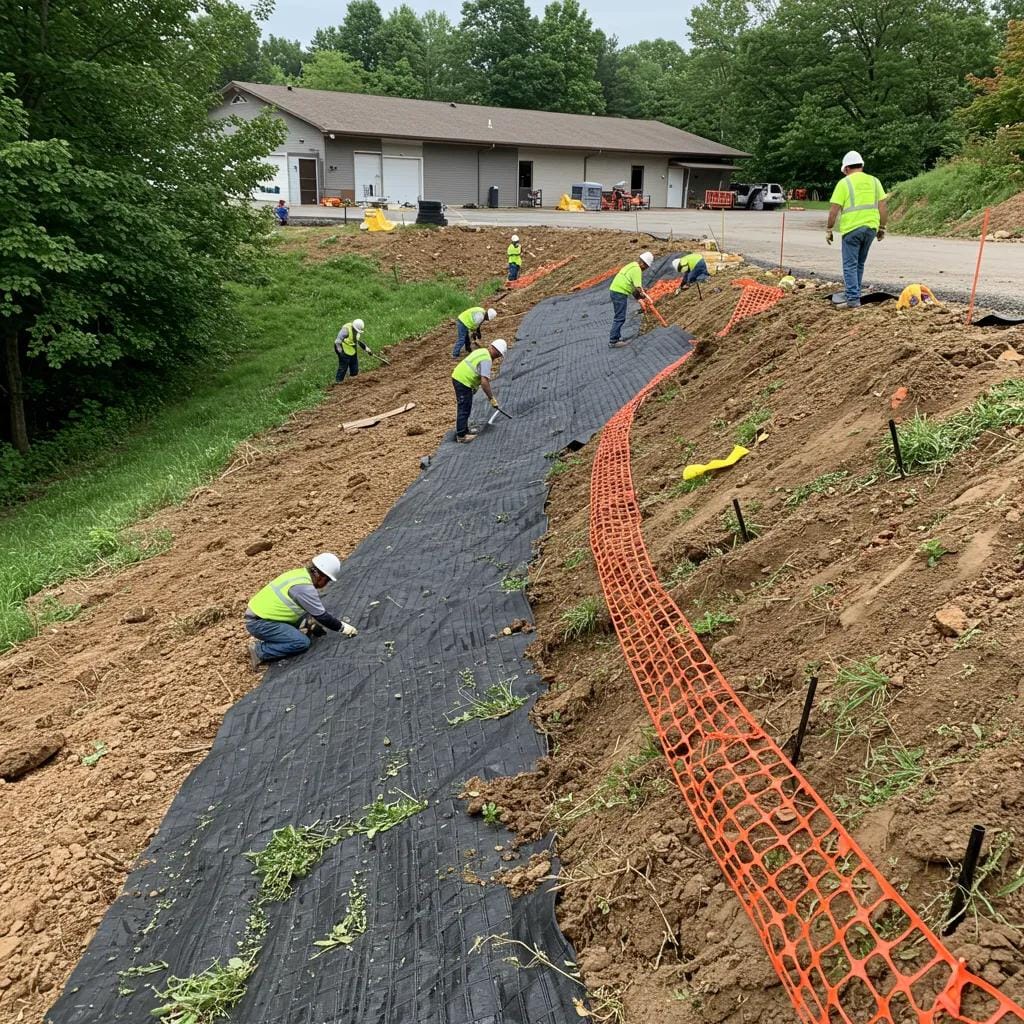
Glover Landscapes approaches commercial grading as the foundation of every successful site. The team blends local knowledge with precise field execution to create stable building pads, reliable drainage paths, and smooth transitions for parking, walkways, and landscaped areas. From the first survey stake to final compaction, each step is coordinated so elevations, slopes, and subsurface conditions align with the design intent and local codes. The result is a site that drains as planned, supports heavy use, and sets up every downstream trade for efficient installation.
What Local Smyrna Soil And Climate Factors Influence Commercial Grading?
Smyrna’s clay-heavy soils can hold water, shrink when dry, and expand when saturated. That behavior affects compaction effort, moisture conditioning, and the selection of fill materials. Seasonal thunderstorms also increase erosion risk during earthwork. Glover Landscapes sequences cut and fill to limit exposed soil, conditions the subgrade to the right moisture range before compaction, and sets temporary controls that keep sediment out of streets and storm structures. Attention to these regional traits produces firm, uniform subgrades that resist settlement and help pavements last longer. It also supports compliant stormwater management by steering runoff into approved swales, inlets, and basins rather than toward buildings.
Which Advanced Equipment And Techniques Does Glover Landscapes Use?
Accuracy starts with layout and finishes with final grading. GPS-guided dozers and motor graders translate digital models into on-the-ground precision, holding slopes to plan within tight tolerances. Laser receivers on screeds and rakes produce level pads for concrete and asphalt, reducing high and low spots that trap water. Compaction meters verify density as lifts are placed so the subgrade performs as specified. These tools shorten timelines, cut rework, and deliver consistent results across large parking fields, loading areas, and landscaped terraces. When unforeseen conditions appear, such as soft pockets or buried debris, the team documents, corrects, and updates the model so the finished grades still meet design intent.
How Are Commercial Grading Services Integrated With Other Landscaping Solutions?
Grading is coordinated with retaining walls, storm piping, irrigation sleeves, and planting plans to prevent conflicts and extra excavations. Glover Landscapes staggers operations so utilities and drainage structures are set before fine grading, then tunes surface contours to match curb reveals, ADA routes, and planting bed depths. Turf areas receive soil preparation that supports healthy root growth and smooth mowing. Hardscape bases are brought to line and grade for pavers or concrete so finished surfaces shed water cleanly. This integrated approach keeps the project moving and ensures that each element, from parking lots to rain gardens, functions together.
How Does Glover Landscapes Maintain Quality And Compliance Throughout The Project?
Quality control begins with soil testing and continues through compaction reports and punch walks. The crew verifies material types, lift thickness, and moisture content, then records densities to confirm compliance with project specifications. Inlets and swales are checked for positive flow, and the team confirms that finished slopes meet plan while protecting adjacent properties. Documentation supports inspections and closeout, giving owners confidence that the site will perform under traffic and weather. By pairing disciplined processes with regional know-how, Glover Landscapes delivers commercial grading that is durable, code compliant, and ready for long-term use.
In Smyrna’s climate and soils, getting commercial grading right is the difference between a site that performs and one that requires constant fixes. With data-driven equipment, coordinated scheduling, and a clear focus on drainage and stability, Glover Landscapes provides commercial grading that anchors every successful landscape and construction project.
What Are Common Commercial Grading Challenges in Smyrna and How Are They Solved?
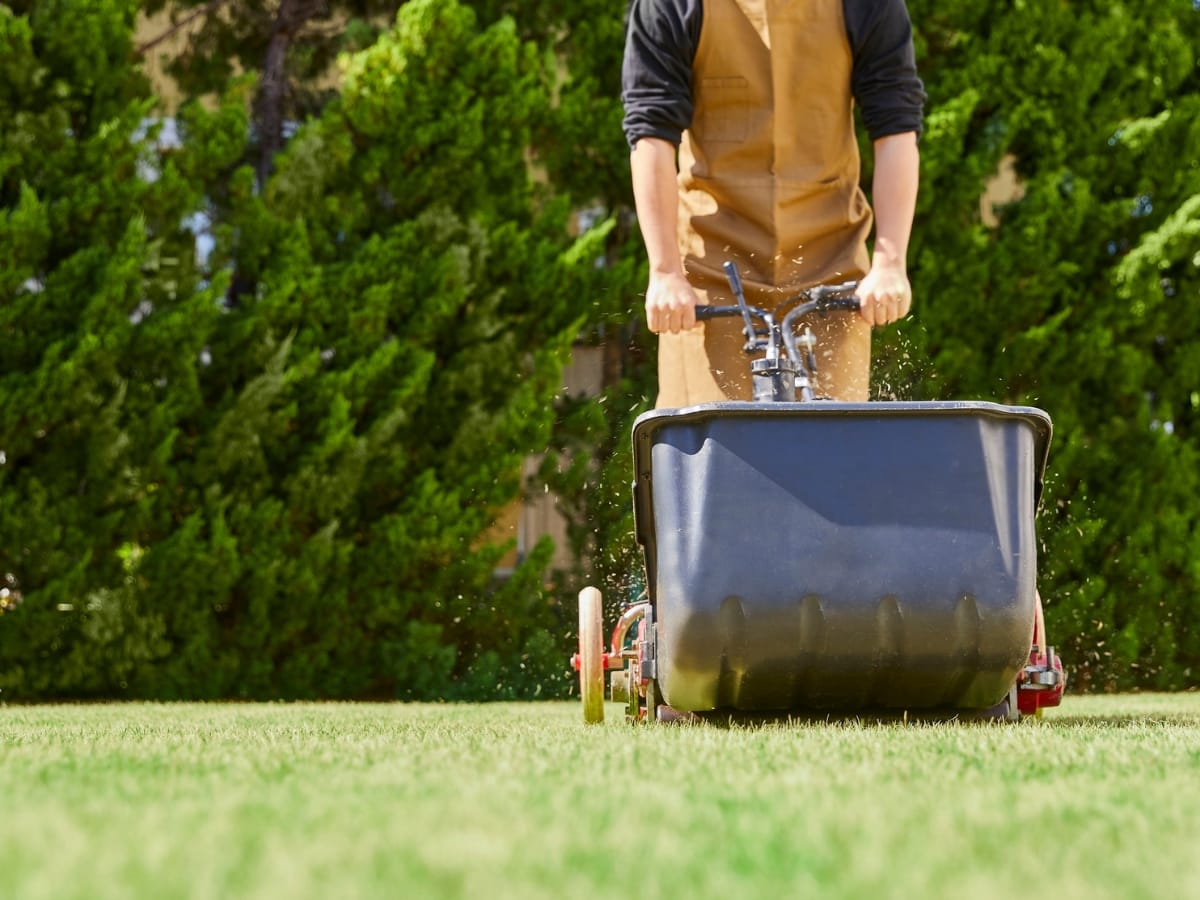
Commercial grading in Smyrna often starts with uneven terrain, clay-heavy soils, and tight sites near busy streets. Those factors can cause poor drainage, soft spots under pavements, and schedule slowdowns if they are not addressed early. The solution is a coordinated plan that blends accurate survey data with soil testing, targeted compaction, and clear drainage paths. When crews set grades to the design model, verify density as fills are placed, and tie surface slopes into inlets and swales, the site sheds water correctly and supports traffic from day one.
How Does Glover Landscapes Address Soil Variability And Zoning Regulations?
Local soils can change quickly across a single parcel. Glover Landscapes conditions each lift to the right moisture range before compaction, then proof-rolls to find soft pockets that need rework. Where the subgrade transitions from native clay to engineered fill, the team adjusts compaction sequences so bearing capacity remains consistent across the pad. On the permitting side, grading plans are aligned with Smyrna’s setbacks, right-of-way rules, and tree protection zones. Clear submittals keep approvals moving and prevent conflicts with utilities, curb lines, and ADA routes later in the build.
What Solutions Control Erosion On Business Properties?
Erosion control begins the same day earthwork begins. Perimeter silt fencing and stabilized entrances keep sediment on site and out of streets. On slopes and cut banks, bonded fiber matrices or hydroseed blankets help vegetation establish quickly, which locks soil in place through heavy rain. Along parking edges, shallow bioretention swales slow and filter runoff before it reaches the storm system. By pairing temporary controls with permanent plantings and stone outlets, the site stays compliant during construction and performs reliably after turnover.
How Is Stormwater Runoff Managed To Meet Smyrna’s Environmental Standards?
A smart grading plan routes water to approved structures without creating ponding near buildings or walkways. Runoff is directed into inlets that feed detention ponds or underground chambers sized to match pre-development flow rates. Where groundwater or tight clay soils are a concern, underdrains and French drains reduce hydrostatic pressure beneath pavements. These measures are documented with as-built elevations so Cobb County reviewers can confirm volume, outlet rates, and freeboard. The payoff is predictable drainage that protects downstream waterways and reduces maintenance for owners.
How Do Access, Utilities, And Weather Affect The Schedule?
Busy corridors and limited laydown space can slow deliveries and staging. Glover Landscapes sequences cut and fill to open work zones early, sleeves future utilities before fine grading, and coordinates with other trades so trenches are backfilled and compacted before paving. When rain threatens, crews limit exposed soil, crown temporary haul roads for runoff, and resume fine grading only after the subgrade reaches the right moisture content. This approach keeps compaction on target and prevents the rutting and pumping that lead to future pavement failures.
How Is Quality Verified From Start To Finish?
Quality control is built into each phase. Nuclear density tests confirm compaction, moisture readings guide rolling patterns, and spot elevations verify slopes to inlets and swales. Before closeout, crews check positive flow, adjust minor highs or lows, and clean structures so systems start clear. Owners receive documentation that shows soils, testing results, and finished grades. With that record, future maintenance is simpler and the site remains stable, safe, and attractive.
Well-planned commercial grading turns challenging Smyrna sites into durable, well-drained properties. By matching solutions to local soils, codes, and weather, Glover Landscapes delivers pads, pavements, and landscapes that perform for the long term.
Conclusion
Proper commercial grading is the foundation of any successful business landscape in Smyrna—ensuring effective drainage, preventing erosion, and creating a safe, professional environment for customers and employees. At Glover Landscapes, we combine engineering precision with aesthetic vision to deliver grading solutions that protect your property and enhance its long-term value. Ready to build on a solid foundation? Call (404) 510-6437 or visit our website for a free estimate on your commercial landscaping project. Let’s shape your property for success, starting from the ground up.
